Understanding Pillow Bearings: Essential Insights for Engineers and DIY Enthusiasts
Pillow bearings are critical components in a wide array of mechanical systems, offering essential support and reducing friction between moving parts. According to a recent industry report by Research and Markets, the global bearing market is expected to reach $94 billion by 2025, with pillow bearings comprising a significant portion of this growth due to their versatility and ease of installation. Engineers and DIY enthusiasts alike benefit from understanding the nuances of pillow bearings, as these elements not only enhance machinery performance but also contribute to prolonged lifespan and reduced maintenance costs. As industries increasingly seek more efficient and effective solutions, gaining insights into pillow bearings will empower professionals to innovate and optimize designs, ensuring that they remain competitive in a rapidly evolving market.

Key Advantages of Using Pillow Bearings in Various Applications
Pillow bearings have gained popularity across various industries due to their significant advantages in stability and maintenance. According to a report from the National Institute of Standards and Technology, the demand for robust bearing solutions has increased by 30% in recent years, primarily driven by the growth of manufacturing and automation sectors. These bearings provide optimal support, reducing friction and wear during operation, which ultimately enhances the lifespan of machinery. For instance, in conveyor systems, pillow bearings can increase operational efficiency by up to 25%, enabling seamless movement of materials.
Moreover, pillow bearings are prized for their ease of installation and versatility. With their self-aligning capability, they can accommodate misalignment in applications such as HVAC systems and agricultural equipment. A study published in the Journal of Mechanical Engineering indicated that the overall maintenance costs associated with pillow bearings are reduced by approximately 15% compared to traditional bearings. This reduction is attributed to their durability and the ability to function effectively in challenging environments, such as those found in manufacturing plants where exposure to dust and debris is common.
These benefits highlight the integral role pillow bearings play in enhancing the efficiency and reliability of industrial operations, making them an essential component for engineers and DIY enthusiasts alike.
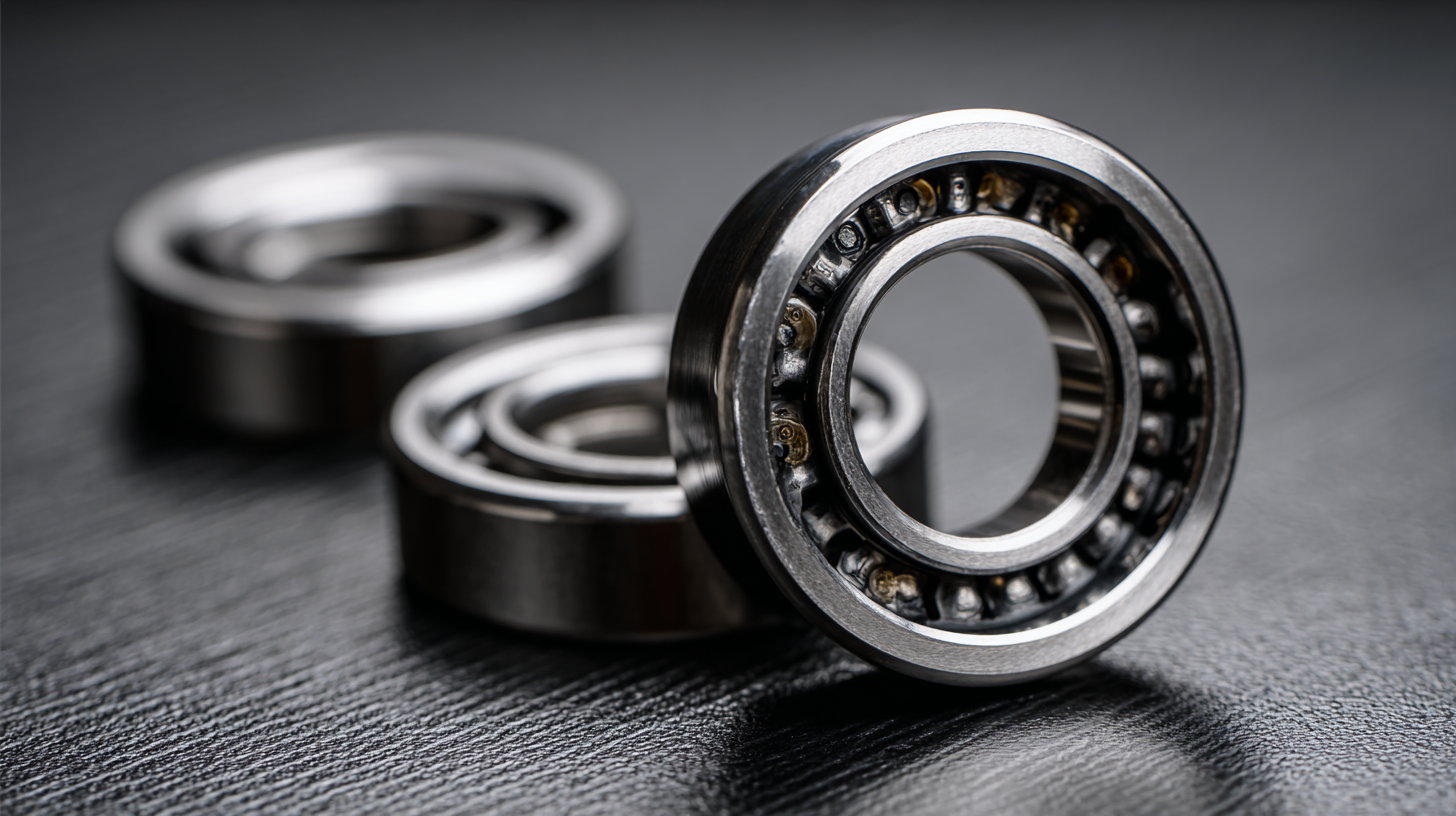
Top 5 Common Materials Used for Pillow Bearings and Their Properties
Pillow bearings are essential components in various mechanical systems, providing support and reducing friction between moving parts. Understanding the materials used in pillow bearings is crucial for engineers and DIY enthusiasts, as each material has distinct properties that affect performance and longevity. The five most common materials used for pillow bearings include bronze, plastic, stainless steel, rubber, and composite materials.
Bronze bearings are favored for their strength and resistance to wear, making them suitable for high-load applications. According to the "Materials Engineering and Design" report by Smith et al. (2022), bronze bearings can sustain a dynamic load of up to 3,000 psi, with a lifespan significantly longer than their plastic counterparts. On the other hand, plastic bearings, particularly those made from high-density polyethylene (HDPE), are lightweight and resistant to corrosion, making them ideal for applications in moist environments. Industry data indicates that HDPE bearings can offer a noise reduction of 15-20%, enhancing overall operational efficiency.
Stainless steel bearings are well-regarded for their corrosion resistance and strength in harsher environments, with the potential to withstand temperatures exceeding 1,400°F. Rubber bearings, often used for vibration isolation, can absorb shocks effectively, which is critical in applications like automotive and machinery where noise reduction is essential. Finally, composite materials, which combine different elements, provide tailored properties such as enhanced wear resistance and lower friction coefficients, suitable for both dynamic and static applications. This versatility underscores the importance of selecting the right material based on specific operational requirements and environmental considerations.
Understanding Pillow Bearings: Essential Insights for Engineers and DIY Enthusiasts - Top 5 Common Materials Used for Pillow Bearings and Their Properties
| Material | Properties | Applications | Advantages | Disadvantages |
|---|---|---|---|---|
| Bronze | High strength, good corrosion resistance, excellent wear resistance | Heavy machinery, automotive applications | Durable and long-lasting performance | Higher cost compared to plastic materials |
| Plastic (Polyethylene) | Lightweight, low friction, resistant to chemicals | Electrical appliances, medical devices | Cost-effective and versatile | Limited load-bearing capabilities |
| Steel | High tensile strength, good toughness | Heavy load applications, construction | Excellent strength and stability | Susceptible to rust without protective coatings |
| Composite Materials | Lightweight, high strength-to-weight ratio, adaptable | Aerospace, automotive, and marine applications | Reduced weight and improved performance | Can be expensive and complex to manufacture |
| Nylon | Good wear resistance, self-lubricating properties | Automotive, industrial applications | Lightweight and good mechanical properties | Not suitable for high-temperature environments |
Best Practices for Installing and Maintaining Pillow Bearings
When it comes to installing and maintaining pillow bearings, adherence to best practices can significantly enhance their performance and lifespan. Pillow bearings, often used in various machinery applications, require precise alignment during installation to minimize wear and vibration. According to a report by the American Society of Mechanical Engineers (ASME), improper installation can lead to a 30% decrease in bearing life, emphasizing the importance of maintaining tight tolerances and employing suitable alignment tools.
Routine maintenance is equally critical in prolonging the operational efficiency of pillow bearings. Regular inspections should include checks for lubrication adequacy, as inadequate lubrication can lead to increased friction and premature failure. A study by the Society of Tribologists and Lubrication Engineers (STLE) revealed that proper lubrication can extend bearing life by up to 50%. Engineers and DIY enthusiasts alike should establish a maintenance schedule that includes cleaning, lubrication, and monitoring bearing conditions to ensure optimal functioning and to preemptively address potential issues. This proactive approach not only improves equipment reliability but also fosters a safer working environment.
Understanding Pillow Bearings: Installation and Maintenance Insights
5 Essential Factors to Consider When Choosing Pillow Bearings
When selecting pillow bearings, engineers and DIY enthusiasts must consider several essential factors that can significantly affect performance and longevity. First and foremost, load capacity is crucial. According to industry reports, bearing failure accounts for 25% of machine downtime, often due to inadequate load ratings. It's imperative to match the pillow bearing’s load capacity with the application’s specific requirements, ensuring that it can handle both static and dynamic loads effectively.
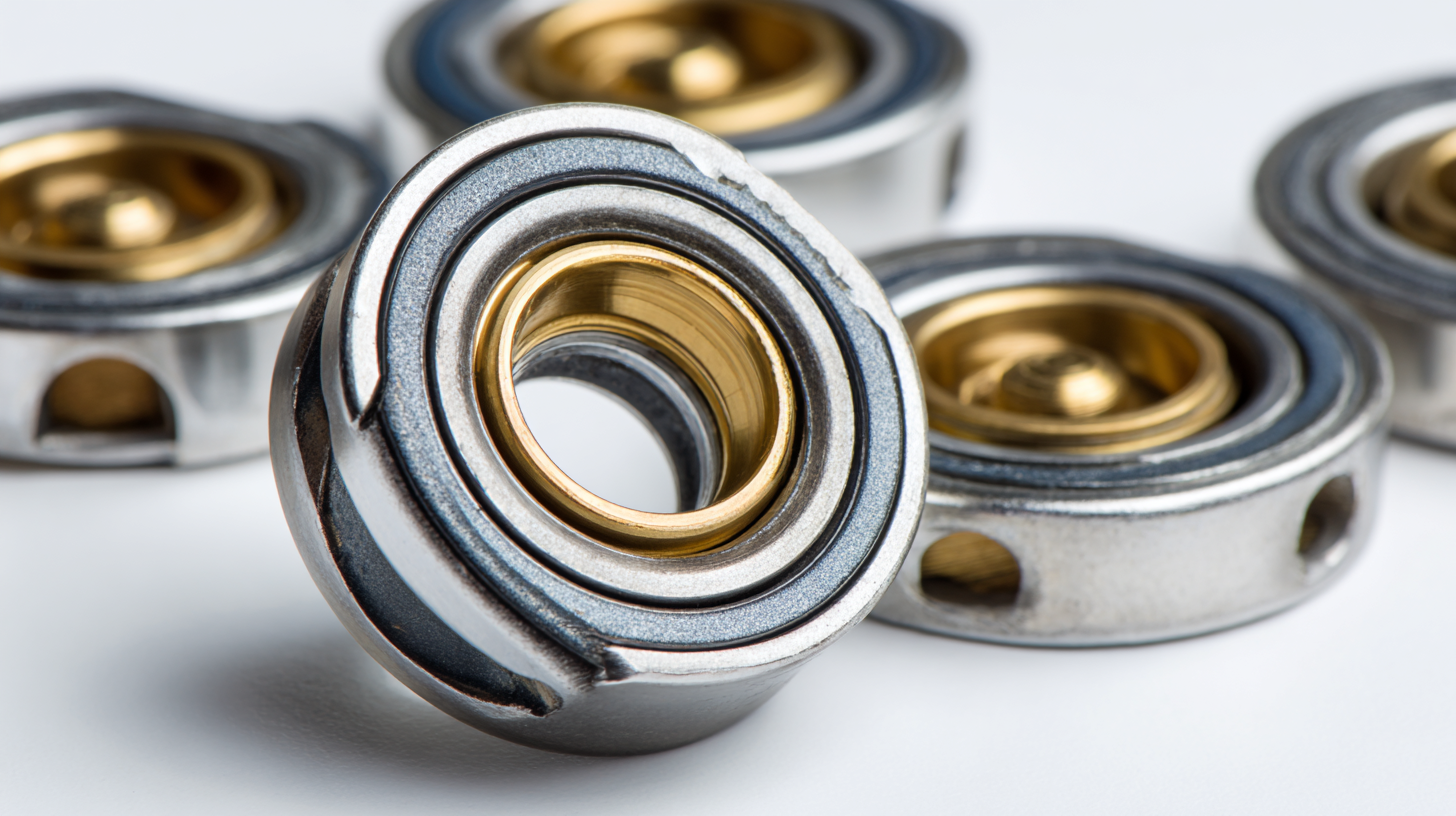
Another critical factor is the material composition of the pillow bearings. The choice between stainless steel, plastic, or bronze can influence corrosion resistance and operational temperature. A study from the American Society of Mechanical Engineers (ASME) indicates that using materials with superior wear resistance can extend the lifespan of bearings by up to 50%. Additionally, considering the right shaft diameter for the bearing is vital. A misalignment can lead to premature wear and inefficient operation, which is why precise measurements and compatibility with existing systems are necessary. These factors collectively play a pivotal role in the long-term performance of pillow bearings, making informed selection essential for any project involving rotational machinery.
Innovative Designs in Pillow Bearings for Enhanced Performance
Pillow bearings have evolved significantly, showcasing innovative designs that enhance performance across various applications. One of the most notable advancements is the incorporation of composite materials that reduce friction and increase load capacity. These materials provide better wear resistance and can operate effectively in high-temperature conditions, making them suitable for demanding environments. Furthermore, advancements in lubrication systems—such as the integration of self-lubricating technologies—minimize maintenance requirements while maximizing operational life.
Another crucial design innovation is the improved housing structure of pillow bearings. Modern designs feature optimized shapes and sizes that ensure better alignment and stability during operation. The use of advanced manufacturing techniques, such as 3D printing, allows for increased customization, enabling engineers to create tailored solutions that meet specific load and speed requirements. These developments not only enhance the performance of pillow bearings but also reduce downtime and maintenance costs, making them an attractive choice for both engineers and DIY enthusiasts seeking reliable and efficient solutions.
Related Posts
-

How to Choose the Right Pillow Bearing for Your Industrial Applications
-
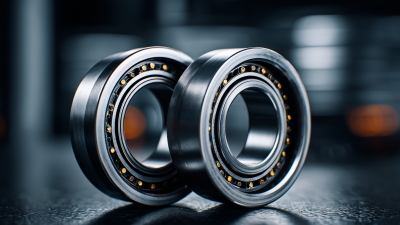
10 Facts About Real Bearing for Optimal Performance in Your Machinery
-
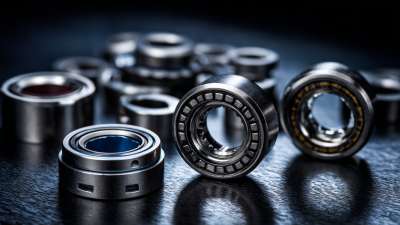
How to Choose the Right Deep Bearing for Your Industrial Needs
-

How to Choose the Right Pillar Bearing for Your Industrial Needs
-
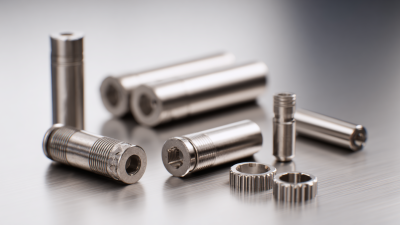
How to Choose the Right Needle Rollers for Your Mechanical Applications
-

Revolutionizing Motion: How Stick Bearings Enhance Efficiency in Modern Machinery